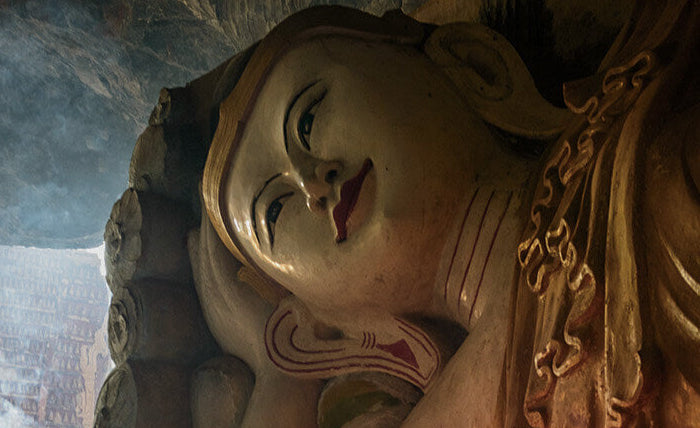
Coffee country Indonesia

On the island of Java in particular, you'll find more large coffee plantations than anywhere else in Indonesia, thanks to its colonial history and Dutch customs. The four largest farms, formerly government buildings, cover over 4,000 hectares. Java long enjoyed a great reputation for its coffee and the high prices producers received for it. To further increase the price of coffee, the beans were often held in warehouses for several weeks or even months. This improved the quality of the coffee, which was a nice added benefit. In the warehouse, the coffee lost its sour taste and developed a deliciously sweet aftertaste.
A large portion of Indonesian coffee is Robusta, grown on large, government-managed plantations at low altitudes. Arabica is grown at altitudes between 1,400 and 1,800 meters. The most commonly used drying method is the wet drying method.
By aging the coffee, in some cases for up to five years, Indonesian coffee develops a very distinctive sweet flavor. Once roasted, the coffee loses its acidity, leaving it with an intense sharpness and woodiness.
Asian Green Emeralds
It's not just the taste; it's the journey this coffee takes. Our Asian Green Emeralds are passionately cultivated using traditional methods that embrace Indonesia's rich coffee history.
The taste experience
From the first sip, you'll taste the unique flavors of Asia. A full-bodied, spicy coffee with hints of nutmeg and pepper will tantalize your taste buds, followed by subtle notes of cocoa and fresh tobacco. This is Asia in a cup.
Flavor profile
Aroma:
Cocoa, nutmeg, pepper and fresh tobacco
Summary:
A full-bodied spicy coffee with low acidity
 |
Acidity | ● ● ● ○ ○ ○ ○ ○ ○ ○ |
 |
Bitterness | ● ● ● ● ● ● ● ● ○ ○ ○ |
 |
Sweetness | ● ● ● ● ● ● ● ○ ○ ○ ○ |
 |
Complexity | ● ● ● ● ● ● ● ○ ○ ○ ○ |
 |
Body | ● ● ● ● ● ● ● ● ● ○ ○ |
